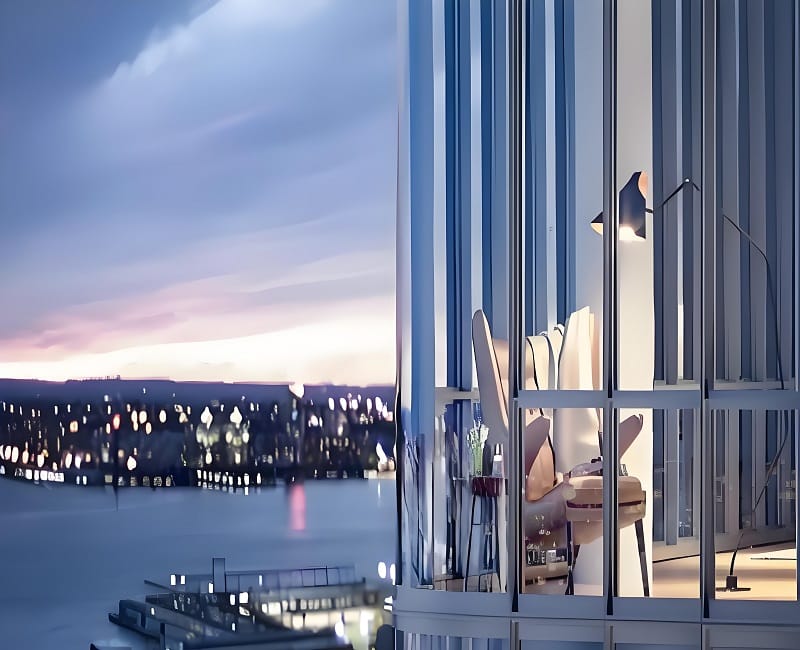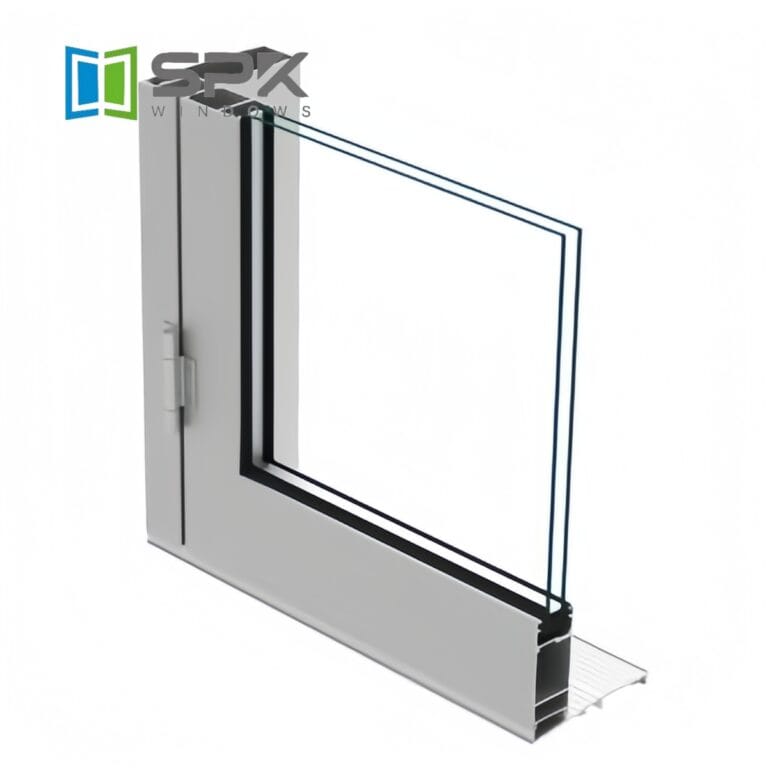The Versatile Role of Window Glass in Modern Architecture
Window glass, a seemingly ordinary yet profoundly significant element in architectural design, has evolved from being mere openings for light and ventilation to becoming integral components that enhance aesthetics, energy efficiency, and overall building performance. This article delves into the multifaceted role of window glass in contemporary construction, exploring its technological advancements, environmental benefits, and creative applications.
Historical Evolution
The history of window glass dates back thousands of years, with early civilizations utilizing transparent materials like obsidian and translucent clays for lighting purposes. However, it was the Roman Empire that pioneered the art of glassblowing, leading to the creation of larger panes suitable for windows. The Industrial Revolution further accelerated advancements, introducing mass production techniques that made window glass more accessible and affordable. Today, window glass technology stands at the forefront of innovation, incorporating materials science, nanotechnology, and sustainable practices.
Types and Technologies
Modern window glass comes in a variety of types, each designed to meet specific functional and aesthetic needs:
Clear Float Glass: The most basic form, characterized by its transparency and smooth surface. It allows natural light to enter while providing a clear view of the outdoors.
Tinted Glass: Infused with colorants to reduce glare and heat gain, tinted glass offers privacy and aesthetic appeal.
Reflective Glass: Coated with thin metal oxides, this type reflects solar radiation, reducing cooling costs and enhancing UV protection.
Low-Emissivity (Low-E) Glass: Featuring a microscopic layer that controls the flow of heat, Low-E glass retains indoor warmth in winter and keeps it out in summer, enhancing energy efficiency.
Insulating Glass Units (IGUs): Composed of two or more panes of glass separated by a spacer and sealed to create an insulating air space, IGUs significantly improve thermal performance.
Switchable Glass: A cutting-edge innovation that can be transformed from transparent to opaque via an electric current, offering flexibility in privacy and lighting control.
Environmental Benefits
The environmental impact of window glass cannot be overlooked. Advanced glazing technologies not only reduce energy consumption by regulating temperature but also contribute to reducing greenhouse gas emissions. By minimizing the need for artificial lighting and heating/cooling systems, energy-efficient windows play a crucial role in achieving sustainable building standards. Furthermore, recycled glass content in many modern window glass products minimizes waste and promotes circular economy principles.
Creative Applications
Beyond functionality, window glass serves as a canvas for artistic expression. Architects and designers exploit its transparency, reflectiveness, and color capabilities to create visually stunning structures. From intricate stained glass patterns in cathedrals to contemporary facades with dynamic lighting effects, window glass transforms buildings into works of art that interact with their surroundings.
Moreover, with the rise of smart buildings, window glass is increasingly integrated with sensors, automation systems, and IoT technologies. This integration allows for precision control over lighting, temperature, and even air quality, enhancing occupant comfort and productivity while optimizing energy use.
Conclusion
In summary, window glass has transformed from a basic building component into a sophisticated technology that underpins modern architectural innovation. Its evolution reflects a commitment to sustainability, efficiency, and creativity, making it a vital element in shaping the future of our built environment. As technology continues to advance, the possibilities for window glass will only broaden, offering even greater potential for energy savings, environmental stewardship, and aesthetic excellence. Thus, the humble window glass remains a powerful testament to human ingenuity and the pursuit of a better living space.



Hi, this is a comment.
To get started with moderating, editing, and deleting comments, please visit the Comments screen in the dashboard.
Commenter avatars come from Gravatar.